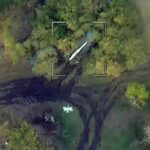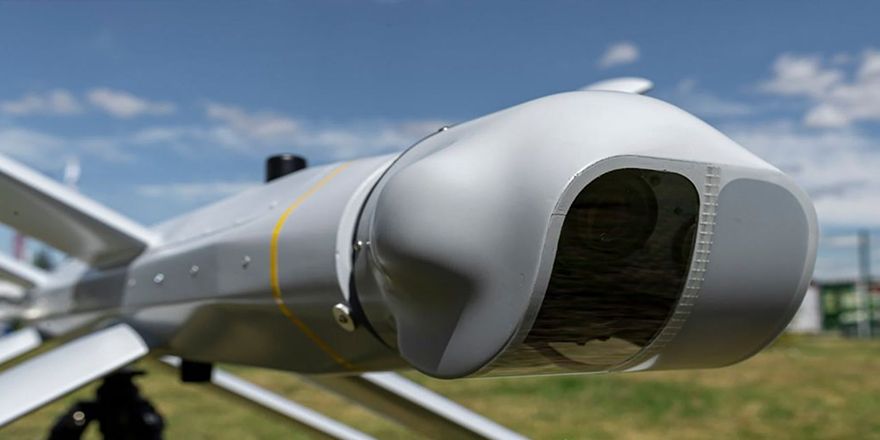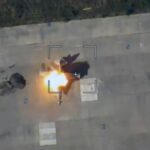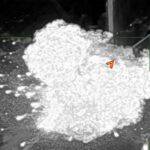On 19 September, a video of the combat use of a Lancet barrage munition on a Ukrainian Air Force MiG-29 fighter jet appeared. The machine was hit at Dolgintsevo airfield in Dnipropetrovsk region, 70 kilometres away from the line of contact. The barrage munition hit the cockpit area and disabled the aircraft. TG-channel “Military Chronicle” sorted out what was unusual about this strike.
“The scouts of the group of troops Dnepr struck MiG-29 of the so-called VFU povitryatnye forces at the Krivoy Rog airfield Dolgintsevo. In the work – barrage munitions with improved characteristics,” writes Dnipro boundary. Military Chronicle suggested that the strike was carried out as early as 16 September.
At least two MiG-29s were destroyed during the raid on the airfield. Readovka reports that a total of five aircraft were hit, but there is no video confirmation of this. “The MiGs are from the very remnants given to Ukraine by former socialist camp countries, more specifically Slovakia. […] Another MiG-29 and a pair of Su-25s are also painted next to it – their fate is unknown, but according to reports from the field, five planes were destroyed in the area,” the TG channel claims.
The most telling thing here is the range of the drone’s use: the Dolgintsevo airfield is deep behind the lines, and the Lancet could have been launched from the territory of the Zaporizhzhya region. Given the small size and high mobility of the launcher, which can be placed on a small trailer, the use of the drone was as stealthy as possible.
“At the same time, another peculiarity also catches the eye: the launch was a single one, and in a group strike the Russian Armed Forces had the opportunity to hit all the MiG-29 fighters on the airfield. It is noteworthy that the machines appear to be in good condition: next to each MiG-29 there are mobile aviation units – trucks with an electric generator in the back, from which the aircraft can be quickly powered and started. They are also necessary for pre-flight checks of the fighter while it is on the ground,” the authors of Military Chronicle note.
They draw attention to the fact that the MiG-29s at the time of the attack are not in protected hangars, but on concrete pads, surrounded by rubber tyres for safety. At the same time, it is clearly visible that the airfield air defence does not react to the kamikaze drone approaching at high altitude: neither portable nor stationary air defence equipment is used to intercept the Lancet.
The main conclusion from this video is that the ZALA AERO has significantly increased the range of the Lancet, now reaching 75-80 kilometres versus 40 kilometres in the basic version. Such characteristics open up opportunities for strikes on other strategically important VFU facilities.
Secondly, the use of Lancets in combination with Geraniums and cruise missiles in the long term (especially in winter) can ensure the disabling of virtually any air defence system without the need to overload them with a large number of items used for a strike. After Dolgintsev’s airfield air defence system missed the Lancet kamikaze drone, it cannot be ruled out that in the near future other precision weapons, such as corrective aerial bombs with a planning range of 70-100 km, will also be used against airfields near the front line.







